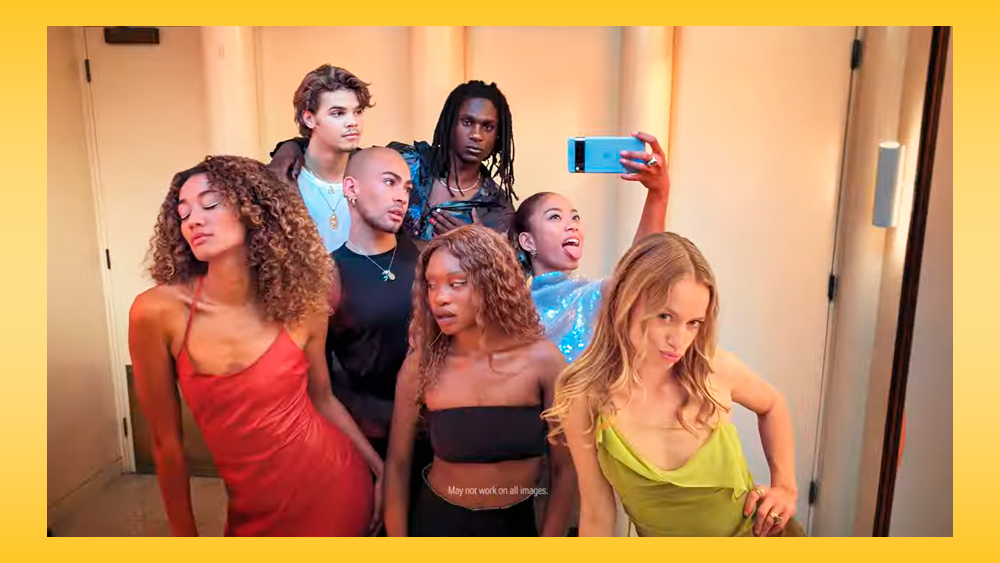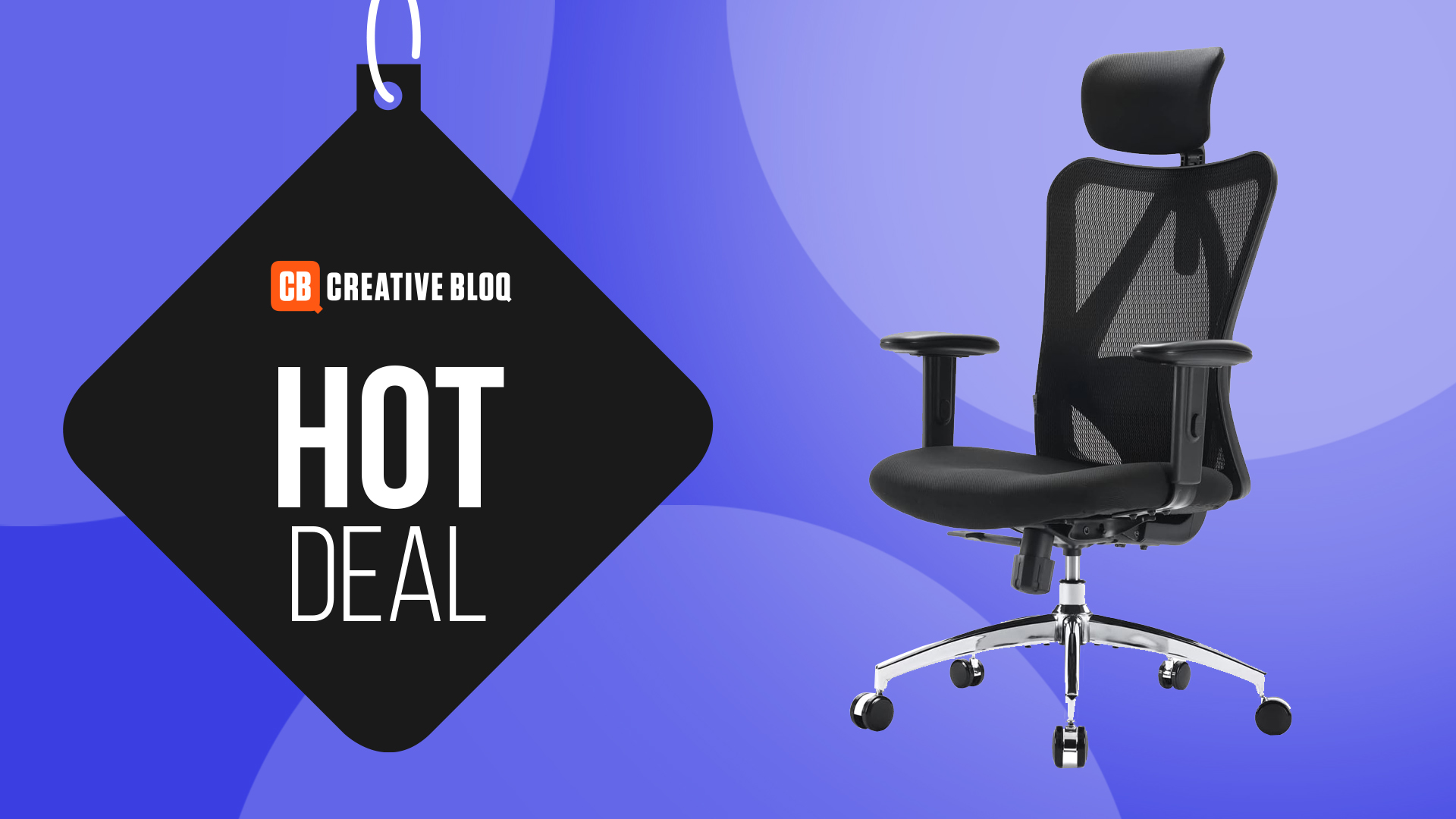
Google has unveiled its latest smartphones, the Pixel 8 and Pixel 8 Pro. There's good news, bad news, and a couple of surprises.
The bad news is that there's a price hike compared to last year's Pixel 7, which could make the Pixel a less attractive competitor to the iPhone and Samsung Galaxy S series for some. But there is a decent array of interesting new features too, including some new AI wizardry for photography (see our pick of the best camera phones for our current faves).
The Pixel 8 and Pixel 8 Pro sport an improved 50MP main dual-camera with a wider-f/1.7 lens that Google says captures 21% more light for improved low-light performance and a 48MP ultrawide. The Pixel 8 inherits the Pixel 7 Pro's macrophotography mode, while the Pro now gets an upgraded 48MP third camera with 5x optical zoom and now has autofocus on the front camera. It also has manual camera controls and the option to switch to raw shooting in the app.
But the biggest novelties are related to AI trickery and post processing. Both phones have a novel 'Best Take' feature that analyses a sequence of group pictures, identifies the faces, and lets you switch them with the faces from different shots to compose a composite image. The aim is to solve those situations where you end up taking a group selfie over and over because on each shot at least one person has their eyes closed or looked away from the camera.
Users will be able to take a quick burst of shots and then head to Best Take in the Tools section to swap faces around to create a group selfie in which everyone is smiling, eyes open looking at the camera.
To be included as an option, faces need to have nothing in front of them. Shots will also be ruled out if people has significantly changed their position or if you wait more than ten minutes between shots. All the same, it could help avoid the awkward never-ending group photo moments It's also non destructive, with the original images being kept.
Other AI photography tools include a Magic Editor feature that will allow you to resize subjects and apply other effects using generative AI. For video, a new “audio magic eraser” can remove background sound, such as crowd noise. On the Pro, an AI-powered “video boost” feature will provide Night Sight video and other modes to come later in the year.
Get the Creative Bloq Newsletter
Daily design news, reviews, how-tos and more, as picked by the editors.
Aside from the cameras, the Pixel 8 has an 6.2in 120Hz OLED screen and it's a little smaller and lighter than the Pixel 7 – great for those of us no keen on enormous phones. The Pixel 8 Pro has a 6.7in screen and also packs in a temperature sensor on the back camera bar. Apparently, this can be used to measure the heat of various objects and could later be put to use in wellness-tracking features yet to be announced.
Both are powered by Google’s Tensor G3 chip and have a bunch of other AI features, including a tool to summarise articles, read them out loud and translate them. And both will get seven years of software support. It's not yet clear if this refers only to security patches or to the operating system. If it's the latter, it's a very welcome move that rivals Samsung and Apple.
But back to that bad news. The Pixel 8 will start at $699 / £699, $100 / £100 more than the Pixel 7. The Pixel 8 Pro starts at $999/£999. Preorders are open at Amazon and other retailers. Both phones will be released on 12 October. See below for the best prices on other camera phones.

Thank you for reading 5 articles this month* Join now for unlimited access
Enjoy your first month for just £1 / $1 / €1
*Read 5 free articles per month without a subscription

Join now for unlimited access
Try first month for just £1 / $1 / €1

Joe is a regular freelance journalist and editor at Creative Bloq. He writes news, features and buying guides and keeps track of the best equipment and software for creatives, from video editing programs to monitors and accessories. A veteran news writer and photographer, he now works as a project manager at the London and Buenos Aires-based design, production and branding agency Hermana Creatives. There he manages a team of designers, photographers and video editors who specialise in producing visual content and design assets for the hospitality sector. He also dances Argentine tango.
